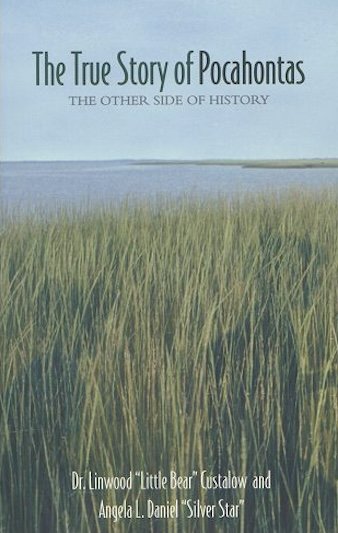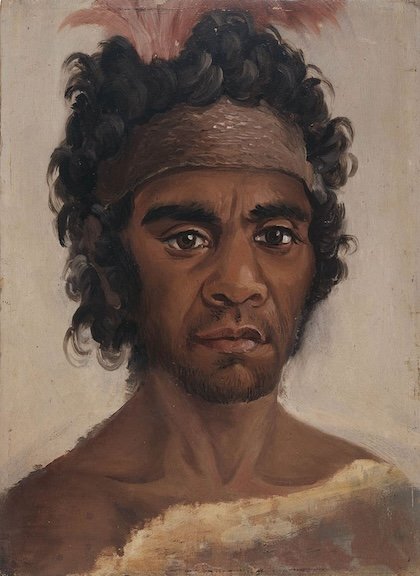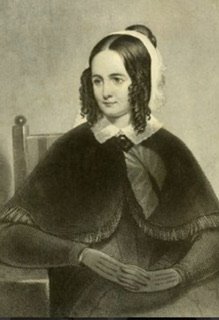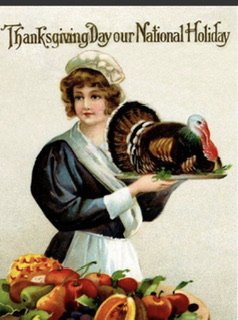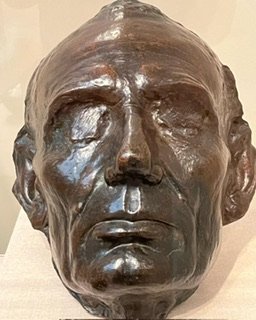Captain John Smith c. 1624. (Houghton Library, Harvard University; public domain via Wikimedia Commons)
John Smith is the Englishman most associated with the legend of Pocahontas. He was born into a middle-class English farming family. He worked at various trades as a teenager, but dreamed of a more adventurous life. At 16 he joined the French army of Henry IV that was assisting the Dutch forces fighting for independence from Spain. Later he attempted to make his way to eastern Europe to fight against the Ottomans. En route he became both a victim and ally of pirates. While fighting the Ottomans in Hungary, Smith was promoted to the rank of captain and awarded a coat of arms, making him an official gentleman by European custom. In 1602 he was captured by an Ottoman force and sold into slavery in Constantinople. He eventually escaped and made his way back to England.
Smith became involved with the Virginia Company’s colonial project. Although his experience was valuable, and his military accomplishments had technically promoted him to a higher class in English society, most of his well born colleagues looked down on him. Smith’s confrontational demeanor only increased the tension. He was charged with plotting a mutiny before the Company’s ships made it to Virginia. Once the ships landed, it was revealed that the Virginia Company had included Smith on the governing council, so the charges were dropped, however his enemies in Jamestown continued to rally opposition to his leadership throughout the following years.
Smith was charged with exploring outside the fort and making contact with the local people. His early attempts at trade yielded limited success, leading him to brandish his pistol at local leaders and take food by force. Smith made contact with several tribes over these first few months, gathering food alternately by trade or force. He was eventually captured by a Powhatan hunting party while exploring their territory. His men were killed and he was paraded around local villages to allay any fears of the newcomers and their strange weapons. He was then taken to the Powhatans’ capital village, Werowcomoco, to be interrogated by Wahunsenaca himself. There, the Paramount Werowance (an Algonquien word for chief or leader) offered to make the English “tribe” a member of the Powhatan Nation. As part of this offer, Smith underwent a series of initiation ceremonies to make him the English werowance.
Both the Mattiponi oral history and most non-Native historians cast serious doubt on the claim that Pocahontas intervened and saved his life, as children were not included in either the religious ceremonies to induct werowances, or the ritual killing of criminals (usually carried out by bludgeoning with a club). Smith’s early letters about the incident did not mention Matoaka being involved. She first appeared in this anecdote in Smith’s 1624 publication about his time in Virginia, 8 years after the Virginia Company made her a public figure in London to promote investment in the colony. Even generous biographers doubt there is much truth to the story, and argue it was a literary invention he used to make his book more enticing to English readers.
It is possible Smith met Matoaka in Werowocomoco, but it is more likely he met her during one of her first visits to Jamestown, accompanying a party delivering Wahunseneca’s gifts of food. She may have been included as a symbol that the delegation came in peace, or at her own request. Matoaka is recorded in many sources, including Mattaponi Oral History, as having been outgoing, and curious to learn about the foreigners she believed to be her people’s new allies. Smith claims to have exchanged language with her at Jamestown and several sources document her playing with the English children, enticing them to cartwheel with her.
Europeans arriving by ship were not unknown to indigenous North Americans. The Spanish had been inviting native people to trade and travel on their ships for decades, often kidnapping and enslaving them in the Caribbean or Europe. Some had even returned. Above all, Wahunsenaca was interested in maintaining his nation’s territory and defending it aggressive neighbors. He was wary of the Europeans, but also interested in gaining access to their weaponry and metal tools. To these ends he supplied the colonists with food and information that would help them survive. However he, and his subordinate werowances throughout the region were cautious in their acceptance of the invaders.
After releasing Smith, Wahunseneca sent the colonists gifts of food every few days and frequently requested that Captain Newport, the man Smith had informed him was the colony’s true governor, to visit him at Werowocomoco. This took place in February of 1608. It was a tense visit and Wahunsenaca expressed his disapproval that there were always Englishmen under the Captain on guard ready to shoot. Despite this, Newport presented him with several gifts, including a greyhound dog. More interested in English arms, Wahunsenaca was able to secure a promise of “some swords.” The two also exchanged young boys they each hoped to use in the future as translators and informants. The English left Thomas Savage with the Powhatan and took a boy named Namontack. Captain Newport took Namontack back to London with him, leaving Smith to guide Jamestown in his absence. When he returned in the Summer of 1608 he sent word that Wahunsenaca should visit him at Jamestown to swear loyalty to King James and receive a crown. The Paramount Werowance insisted that Newport come to him. He did, accompanied by Smith, Namontack, and a detail of guards. Wahunsenaca accepted more gifts he had little interest in, and Smith had to “lean hard on his shoulders” in an attempt to compel him to kneel to receive his crown from Newport, who settled for a light stoop.
The colonists’ failure to supplement the Powhatans’ gifts with their own sustenance led to more raids on Native villages and crops along the rivers. Wahunseneca summoned Smith back to his capital and chastised him for the violence, as well as his reluctance to trade firearms with the Powhatan. He warned Smith that if the violence did not cease that his people would retreat into the woods and leave the English to starve on their own. Smith also makes the claim that Matoaka saved his life a second time during his last visit with Wahunsenaca, by warning him that her father intended to kill the English party before they left. This story is not as fantastic as the first featuring Matoaka, but is still debated among historians.
Smith always angled to get the upper hand over Wahunsenaca, but was conscious of the colony’s dependence on him. As a leader on the council he resisted calls to raid even more nearby villages and continued to require the colonists to earn their meals with work, giving his enemies on the council more ammunition in their efforts to remove him. Restraining the colonists became harder as drought and dissent increased. After suffering debilitating burns in a gunpowder accident while asleep in a boat in 1609, he returned to England, never to see Tsenacomoco again. The remaining colonists reported to Wahunseneca that Smith was dead. Soon after this the English found Werowocomoco deserted and violence between the colonists and the Powhatan escalated quickly.
Smith made several attempts to return to North America, first to Virginia, then to New England. Both efforts ultimately failed and he continued writing about his life, travels, and the “New World” from England. When Matoaka visited London in 1616, he made a point to call on her, receiving a lengthy rebuke. Unlike his account of their meetings in Virginia, there were English-speaking witnesses to this conversation, so it is likely his transcription of her words here was closer to the truth than some of his other accounts.
Smith died in England in 1631. Like Matoaka, his story has been embellished and retold countless times, more often to lionize the United States and European society, than Smith himself.
Sources:
‘Pocahontas And The English Boys’ Bridged 2 Wildly Different Cultures- Colorado Public Radio
Virginia’s First Peoples: Losing the Land- Dr. Helen Rountree, The Fairfax Network


